(VIDEO) Improving Habitat: Every Piece of the Puzzle Counts
We want you to know if you buy something using the retail links in our posts, we may earn a small commission (at no extra cost to you). We will never recommend anything we don’t believe in. Not for all the butter in Sweden. You can read our full policy or contact us if you have questions.
We have two goals on our homestead. The first is to produce some of our own food and become a little more self-sufficient and the second is to improve the habitat on our property for wildlife. To that end we have been slowly making small changes that we hope will eventually make a big difference in the lives of our wild neighbors.
Watch “How to Plant for Wildlife” on YouTube >
We have two goals on our homestead. The first is to produce some of our own food and become a little more self-sufficient and the second is to improve the habitat on our property for wildlife. To that end we have been slowly making small changes that we hope will eventually make a big difference in the lives of our wild neighbors.
Case in point- there’s a small island of native plantings under a hemlock near our main garden. We’ve already improved that island by making a rock pile on it to provide cover for small reptiles, and by expanding its diameter using a quick bed to replace some of the surrounding grassy lawn with plants that will be more beneficial to wildlife. The latest of these are three evergreen huckleberry bushes that we purchased from a local nursery.
When we first moved in, there was an old wooden bird feeder mounted on a post next to the hemlock. The bird feeder is no longer there for reasons we will discuss in a later video, but it was presumably put there to provide a food source for wild birds. With the nectar and pollen in their flowers and the flesh and seeds of their berries the huckleberry bushes will also provide food for wild animals, but they will provide so much more than that.
Once mature the huckleberry bushes will stand up to 6 feet tall and they will be between 3 and six feet in diameter. Since they are evergreen, the huckleberries will provide year-round cover for wildlife who will forage, rest, and hopefully even nest among their leaves and branches.
These three plants are individual pieces of a larger habitat puzzle that we are putting together here on our property, and this puzzle does not end at our property lines. Whether you have a 50 acre homestead or 50 square feet of outdoor space, you can add a piece to this habitat puzzle. No matter how large or small, every single piece of the puzzle is important.

